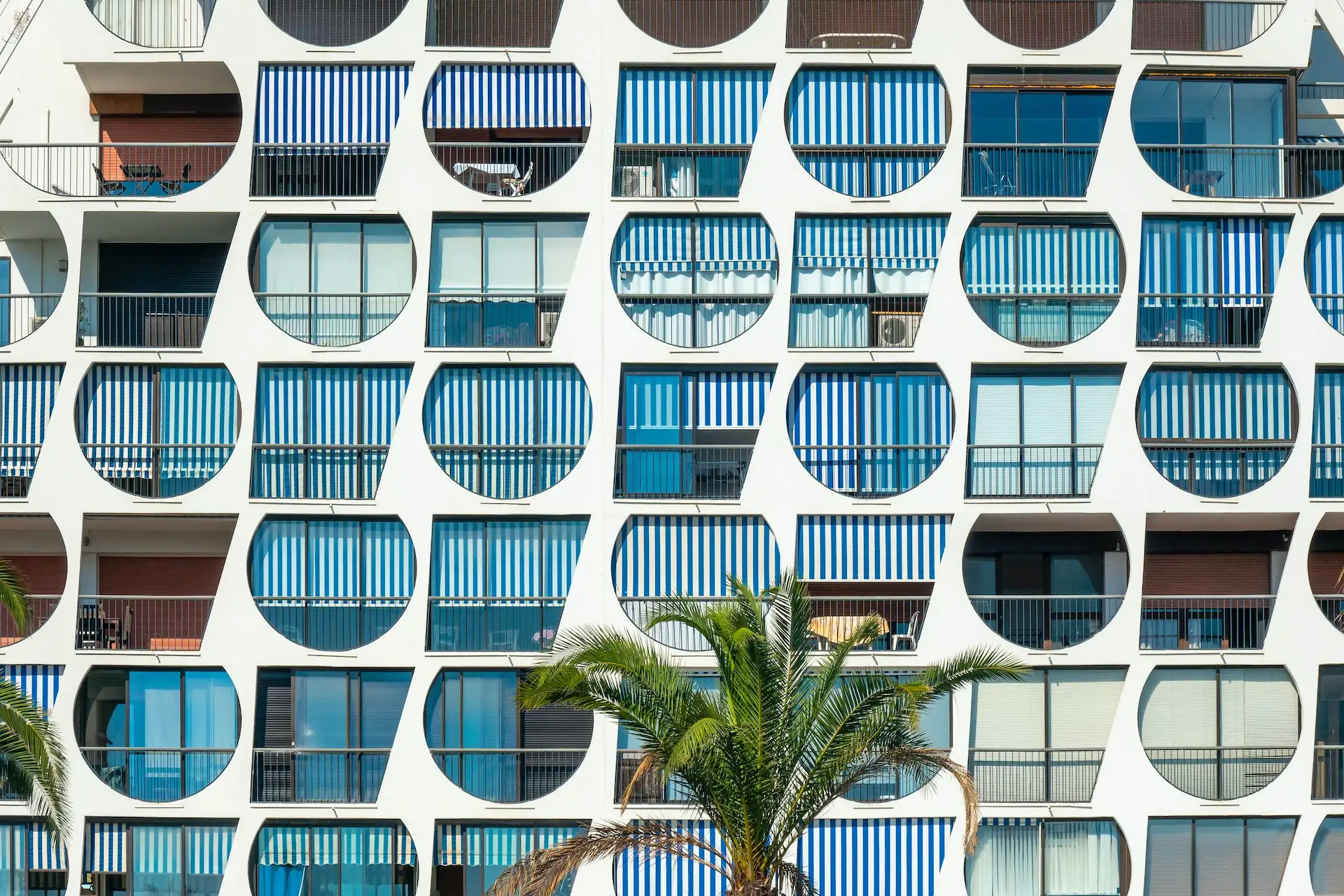
The theme defaults to providing social links for email, Github, X, and WeChat, but these may not be sufficient. However, you can add additional social links by overriding the hook_social_links.html file.
hook_social_links.html is a hook that you can create a file with the same name in the partials/index directory of your site to override the default implementation.
YourSite/layouts/partials/index/hook_social_links.html
Regular links, where clicking the icon directly redirects to the link address.
For example, if I need to add a social link for Dribbble, I would add the following code in hook_social_links.html:
<a
href="#"
class="text-gray-900 hover:text-blue-700 dark:text-gray-400 dark:hover:text-white"
>
<svg
class="size-5"
aria-hidden="true"
xmlns="http://www.w3.org/2000/svg"
fill="currentColor"
viewBox="0 0 20 20"
>
<path
fill-rule="evenodd"
d="M10 0a10 10 0 1 0 10 10A10.009 10.009 0 0 0 10 0Zm6.613 4.614a8.523 8.523 0 0 1 1.93 5.32 20.094 20.094 0 0 0-5.949-.274c-.059-.149-.122-.292-.184-.441a23.879 23.879 0 0 0-.566-1.239 11.41 11.41 0 0 0 4.769-3.366ZM8 1.707a8.821 8.821 0 0 1 2-.238 8.5 8.5 0 0 1 5.664 2.152 9.608 9.608 0 0 1-4.476 3.087A45.758 45.758 0 0 0 8 1.707ZM1.642 8.262a8.57 8.57 0 0 1 4.73-5.981A53.998 53.998 0 0 1 9.54 7.222a32.078 32.078 0 0 1-7.9 1.04h.002Zm2.01 7.46a8.51 8.51 0 0 1-2.2-5.707v-.262a31.64 31.64 0 0 0 8.777-1.219c.243.477.477.964.692 1.449-.114.032-.227.067-.336.1a13.569 13.569 0 0 0-6.942 5.636l.009.003ZM10 18.556a8.508 8.508 0 0 1-5.243-1.8 11.717 11.717 0 0 1 6.7-5.332.509.509 0 0 1 .055-.02 35.65 35.65 0 0 1 1.819 6.476 8.476 8.476 0 0 1-3.331.676Zm4.772-1.462A37.232 37.232 0 0 0 13.113 11a12.513 12.513 0 0 1 5.321.364 8.56 8.56 0 0 1-3.66 5.73h-.002Z"
clip-rule="evenodd"
/>
</svg>
<span class="sr-only">Dribbble account</span>
</a>
Here’s an explanation of some element attributes:
class attribute of the <a> tag is set to Tailwind CSS class names, which can generally be left unchanged.class attribute of the <svg> tag is also set to Tailwind CSS class names. The size-5 class determines the size of the icon, which can generally be left unchanged.When adding a new SVG icon, make sure to update or remove certain attributes:
class="size-5".fill="currentColor".fill="xxxx" attribute inside the SVG, as the color will be set based on fill="currentColor".height and width attributes inside the SVG, as the size is determined by the size-* class in the SVG.QR code pop-up method, where clicking the icon pops up a window containing a QR code.
<div x-data="{ openQC: false }">
<button
@click="openQC = !openQC; scrollY = window.scrollY; document.body.style.overflow = 'hidden';"
class="group relative block text-gray-900 hover:text-blue-700 dark:text-gray-400 dark:hover:text-white"
>
<div class="items-endtransition-transform relative flex h-full transform">
<div
class="transition-opacity group-hover:absolute group-hover:opacity-0"
>
<svg
class="size-5"
viewBox="0 0 1184 1024"
fill="currentColor"
version="1.1"
xmlns="http://www.w3.org/2000/svg"
p-id="1495"
>
<path
d="M331.424 263.424q0-23.424-14.272-37.728t-37.728-14.272q-24.576 0-43.424 14.56t-18.848 37.44q0 22.272 18.848 36.864t43.424 14.56q23.424 0 37.728-14.016t14.272-37.44zM756 553.152q0-16-14.56-28.576t-37.44-12.576q-15.424 0-28.288 12.864t-12.864 28.288q0 16 12.864 28.864t28.288 12.864q22.848 0 37.44-12.576t14.56-29.152zM621.152 263.424q0-23.424-14.016-37.728t-37.44-14.272q-24.576 0-43.424 14.56t-18.848 37.44q0 22.272 18.848 36.864t43.424 14.56q23.424 0 37.44-14.016t14.016-37.44zM984 553.152q0-16-14.848-28.576t-37.152-12.576q-15.424 0-28.288 12.864t-12.864 28.288q0 16 12.864 28.864t28.288 12.864q22.272 0 37.152-12.576t14.848-29.152zM832 326.272q-17.728-2.272-40-2.272-96.576 0-177.728 44t-127.712 119.136-46.56 164.288q0 44.576 13.152 86.848-20 1.728-38.848 1.728-14.848 0-28.576-0.864t-31.424-3.712-25.44-4-31.136-6.016-28.576-6.016l-144.576 72.576 41.152-124.576q-165.728-116-165.728-280 0-96.576 55.712-177.728t150.848-127.712 207.712-46.56q100.576 0 190.016 37.728t149.728 104.288 78.016 148.864zM1170.272 646.848q0 66.848-39.136 127.712t-106.016 110.56l31.424 103.424-113.728-62.272q-85.728 21.152-124.576 21.152-96.576 0-177.728-40.288t-127.712-109.44-46.56-150.848 46.56-150.848 127.712-109.44 177.728-40.288q92 0 173.152 40.288t130.016 109.728 48.864 150.56z"
p-id="1496"
></path>
</svg>
</div>
<div
class="absolute opacity-0 transition-opacity group-hover:relative group-hover:opacity-100"
>
<svg
xmlns="http://www.w3.org/2000/svg"
class="size-5"
fill="currentColor"
viewBox="0 -960 960 960"
>
<path
d="M520-120v-80h80v80h-80Zm-80-80v-200h80v200h-80Zm320-120v-160h80v160h-80Zm-80-160v-80h80v80h-80Zm-480 80v-80h80v80h-80Zm-80-80v-80h80v80h-80Zm360-280v-80h80v80h-80ZM180-660h120v-120H180v120Zm-60 60v-240h240v240H120Zm60 420h120v-120H180v120Zm-60 60v-240h240v240H120Zm540-540h120v-120H660v120Zm-60 60v-240h240v240H600Zm80 480v-120h-80v-80h160v120h80v80H680ZM520-400v-80h160v80H520Zm-160 0v-80h-80v-80h240v80h-80v80h-80Zm40-200v-160h80v80h80v80H400Zm-190-90v-60h60v60h-60Zm0 480v-60h60v60h-60Zm480-480v-60h60v60h-60Z"
/>
</svg>
</div>
</div>
</button>
<div
x-show="openQC"
@keydown.window.escape="openQC = false; document.body.style.overflow = ''; window.scrollTo(0, scrollY);"
x-cloak
role="dialog"
aria-modal="true"
>
<div class="fixed inset-0 z-50"></div>
<div class="fixed inset-0 z-50 w-full bg-gray-900/85 backdrop-blur-md">
<div class="mx-auto flex h-full w-full items-center justify-center">
<img
@click.away="openQC = false; document.body.style.overflow = ''; window.scrollTo(0, scrollY);"
class="object-cover"
src="#"
alt=""
/>
</div>
</div>
</div>
</div>
The QR code method is relatively complex. Within the <button> element, there are two SVG icons. The first one represents the social media account icon, and the second one represents the QR code icon. It’s advisable not to modify the second QR code image. The <div> element at the same level as the <button> is used to handle the QR code pop-up.
Additionally, besides using Tailwind CSS class names, you may notice some attributes like x-data, @click, x-show, and x-cloak. These are part of the syntax of Alpine.js. You can refer to the
Alpine.js documentation
for further understanding, but it’s okay if you’re not familiar with it.